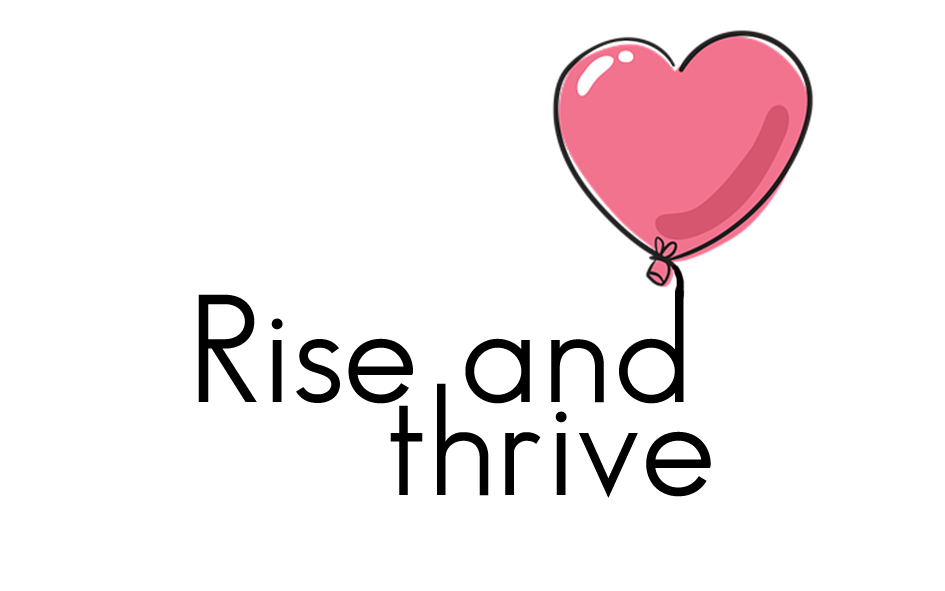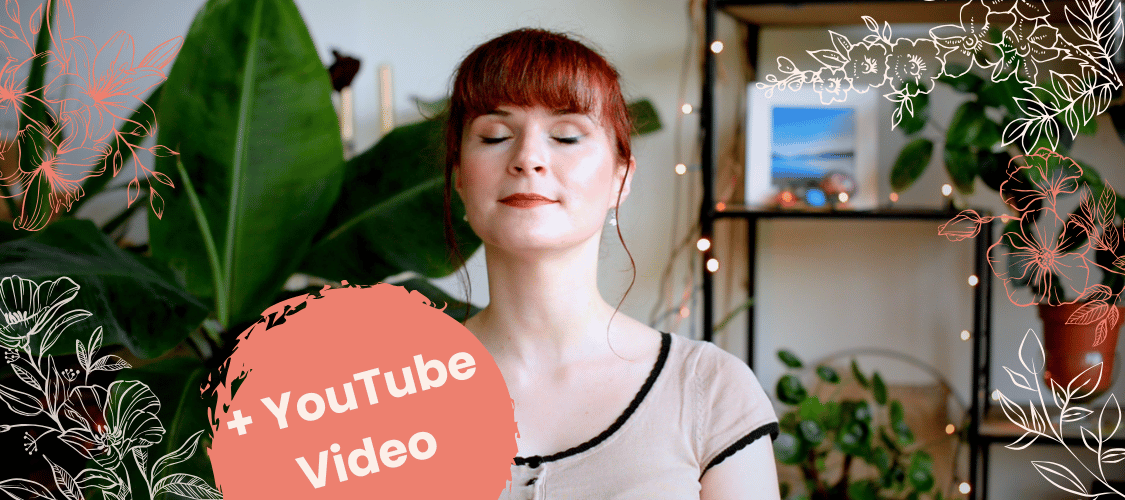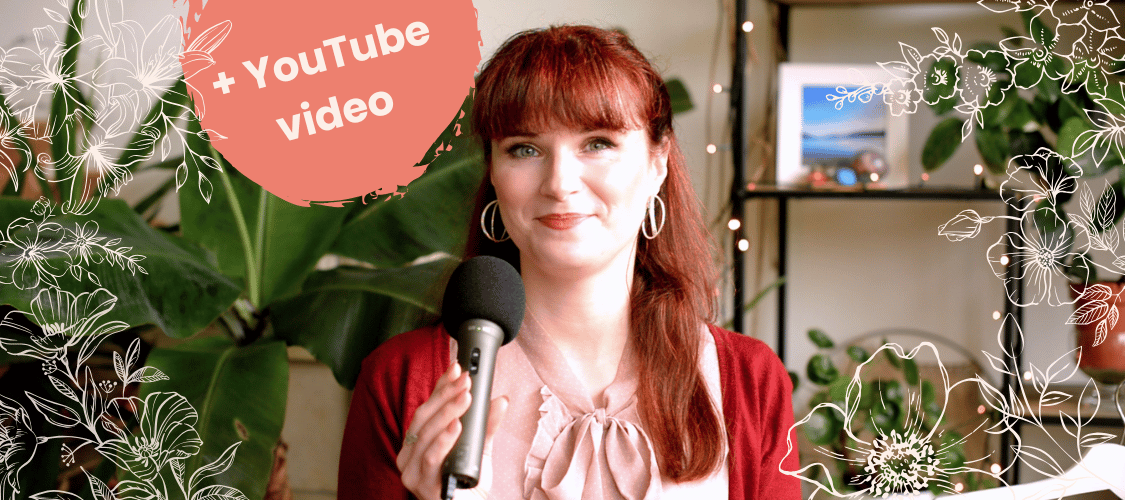Limiting beliefs and empowering beliefs are a part of everyone’s concept of self and can influence our behaviours, emotions and interactions with others. We will explore why they matter, how they start, and then how to figure out what beliefs we hold of ourselves and how to overcome the ones we find redundant in our lives. Let’s dive into how to figure out beliefs about yourself.

Watch the Featured Video – You Are Not Too Emotional
Why Do Your Beliefs About Yourself Matter?
Beliefs about oneself, often referred to as “self-beliefs” or “self-concepts,” are the ideas and perceptions we hold about our abilities, traits, values, and identity. These beliefs shape how we view ourselves and influence our behaviour, emotions, and interactions with others. They play a crucial role in our overall sense of self and psychological well-being, and most importantly, they shape our decisions about what we can and cannot do.
Why do these beliefs about ourselves matter? It’s because they define our limitations. For example, you might want a better job, but due to past experiences and memories that have shaped a belief that you don’t deserve something better, you may not even start searching. Often, we are our own harshest critics, and these beliefs act as unnecessary brakes on our progress. Understanding how to figure out beliefs about yourself can reveal these self-imposed limitations and help you break free from them.
Fear creates limits, and limits become our beliefs. These beliefs are our assumptions about ourselves and the world around us. These assumptions act as a blueprint for your reality. People who are stubborn about achieving something usually have the assumption that what they want will be theirs sooner or later, believing it’s just a matter of “when,” not “if.” These individuals either eliminate limiting beliefs or, if they still combat them, persist in their desires, treating the rest as mere noise. This is the mindset you need to develop by learning how to figure out beliefs about yourself and align them with what you truly want.
How Do Limiting Beliefs Start?
If you’re human, chances are you have some limiting beliefs. Maybe they weren’t always there, or maybe you’re not even aware of them yet. But they were shaped in your early years through experiences, interactions with parents and peers, comparisons with others, cultural influences, and feedback from others. These limiting beliefs can stay hidden until a certain age or until a specific situation brings them to the surface, often causing unnecessary self-inhibition.
Experiencing failures and receiving excessive negative feedback can create self-inhibiting mechanisms. If you tried something and failed without facing excessive criticism or were encouraged to try again, you wouldn’t fear trying new things, understanding that failure is a valuable part of the learning process. However, if you’ve been criticised and received excessive negative feedback, you might have learned that it’s better not to try than to fail again because of the great pain it causes. This creates self-inhibition—where you don’t even try anymore in fear of failure.
As Henry Ward Beecher said, “I don’t like these cold, precise, perfect people, who, in order not to speak wrong, never speak at all, and in order not to do wrong, never do anything.” This quote perfectly captures the essence of self-inhibition. By understanding how to figure out beliefs about yourself, you can identify these limiting thoughts and work to overcome them, allowing yourself to try new things without fear.

Journaling Prompts for You
When you explore how to figure out beliefs about yourself, journaling can be a powerful tool for self-discovery. Through journaling, you may discover that some of your beliefs aren’t even yours to begin with. Often, we absorb beliefs from our parents, families, and the culture we live in, letting them shape us. These beliefs can sit deep within us, but the good news is that we can get rid of them.
Your First Exercise
Write down five positive and five negative traits about yourself. Grab a piece of paper, divide it in half vertically, and write your list in the first column, leaving the second column blank for now. The first ideas that come to mind are the best, as they come directly from within—your intuition or divine voice within. Listen to that.
Next, turn to the second column and write down the flip side or what limitations these beliefs can impose on you. For example, if you wrote that you are independent, the other side of this coin might be that it’s difficult for you to leave your comfort zone and meet new people. Or if you wrote that you’re a giver, perhaps it’s challenging for you to receive from others, leading to feelings of being taken for granted.
Journaling Prompts to Figure Out Beliefs About Yourself
These questions are designed to trigger emotions and reflections within you. As you go through these prompts, you may find that some of your beliefs are not your own but were carried with you and transferred by others. Don’t be afraid if you start feeling sad or even angry—these emotions can be a sign that you’re uncovering deeply rooted beliefs that no longer serve you.
- For your second exercise, consider these journaling prompts to dig deeper into how to figure out beliefs about yourself:
- If I could fully trust and believe in myself, how would my life be different?
- What are the recurring negative thoughts I have about myself, and where do they come from?
- What fears or doubts prevent me from pursuing my goals or dreams?
- When I face challenges or failures, what do I tell myself, and how does it affect my actions?
- What do I think will happen if I pursue my goals and dreams? What usually ends up happening in similar situations?
- What life experiences support these beliefs?

How to Get Rid of Them
To get rid of limiting beliefs, start by observing yourself throughout the day. Checking in with yourself regularly—especially when facing decisions or crossroads—helps create a habit of self-awareness without judgement. Understanding how to figure out beliefs about yourself begins with this self-observation, allowing you to identify and address negative thought patterns. I made a video “You Are Not Too Emotional”/link where I explain how you can process and let go of your emotions.
When you notice a potentially negative thought or feeling, surrender to it completely and release it. Challenge your thoughts by asking yourself, “What if it turns out even better than I anticipate?” By challenging your mind with opposing positive thoughts, you can start to reshape your beliefs.
Remember, not every thought needs to be analysed or taken seriously. With an average of 60,000 to 70,000 thoughts per day, it’s essential to filter out the noise and focus on thoughts that align with your desired reality. By practising these techniques, you’ll gradually learn how to figure out beliefs about yourself and replace limiting ones with empowering convictions that support your goals and dreams.
Conclusion
Understanding how to figure out beliefs about yourself is crucial for personal growth and self-awareness. These beliefs shape your reality, influence your decisions, and impact your overall well-being. By identifying and challenging limiting beliefs, you open the door to new possibilities and a more fulfilling life. Start today by reflecting on your self-beliefs, journaling your thoughts, and actively working to replace limiting beliefs with empowering ones. Remember, how to figure out beliefs about yourself is a journey, and with each step, you’re moving closer to becoming the best version of yourself.
Recommended next post to read:
7 TIPS ON HOW TO PLACE YOURSELF ON A PEDESTAL
HOW TO WORK ON YOUR SELF-CONCEPT FOR LOVE
6 TIPS ON HOW TO TRUST YOURSELF AGAIN








